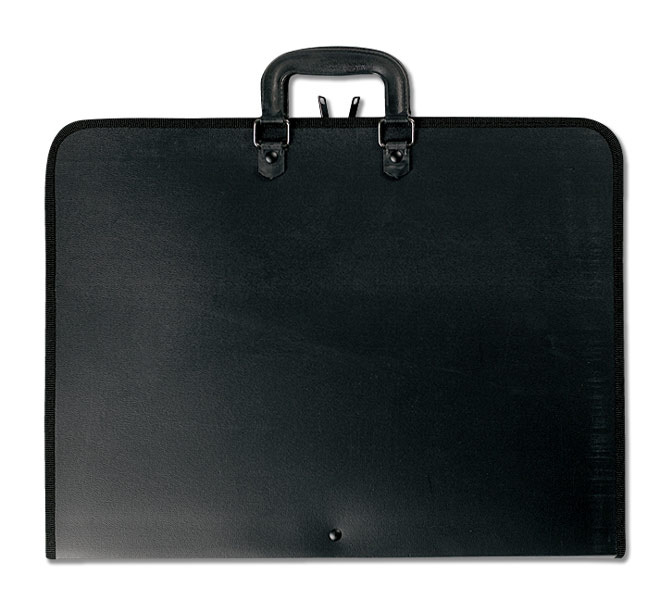Evaluating a Product Manager's Portfolio
It's customary in the design world to evaluate a designer's existing portfolio as part of the interview process to get a better understanding of their work and the process they leverage to develop their designs.
I find it equally valuable to evaluate a product manager's existing portfolio of products as part of a product management interview. When evaluating a product manager's portfolio, I'm looking to assess how successfully the product manager has owned the vision, design, and execution of their product and how that exhibits itself in the success of the product.
Here are the five key elements I am evaluating when reviewing a specific product in a product manager's portfolio.
1. Problem being solved
The first aspect I evaluate is whether the product manager can clearly and succinctly articulate the problem that their product is solving. Owning the vision of the product involves deeply understanding the underlying problem that you are solving for the user as well as being a top notch evangelist for the importance of that problem. I look to make sure the product manager can separate the problem from their specific product's solution to ensure they can fairly evaluate alternative solutions to the same problem as they come across them.
2. Unique solution
I then delve into the specifics of how their product uniquely solves the problem they have articulated. I assess whether the product does in fact provide a compelling solution, how it compares to alternative solutions in the market, and whether it provides enough of a differentiated benefit to compel users to switch.
3. Target audience
To ensure the product is appropriately focused, I also evaluate the product manager's articulation of the target audience for the product. While they may provide a total addressable market, I ensure that their initial iterations of the product are much more focused on an achievable audience demographic.
4. Product design
When reviewing the actual product design, I try to understand how the design decisions they have made reinforce each of the above aspects of their vision to ensure their is coherence in how they have taken their vision and boiled it into the specific product's design. Ensuring there is consistency in their design choices is also an important criteria.
5. Traction
The most important aspect of a product manager's role is successful execution on the product vision and design. To evaluate this, I look to understand the traction of the product. How successfully did they acquire users? How well did they engage those users? And how did they ultimately monetize those users? Performance along these KPIs is the ultimate measure of success for a product and a product manager should be able to easily articulate the meaningful movement they were able to make across these dimensions.
Whenever you’re ready, here are 3 ways I can help:
AI Productivity: Learn how leading product managers use AI to become faster, smarter, and gain super powers beyond their traditional role.
Mastering Product Management: Accelerate your product career by learning rigorous frameworks for each PM deliverable, from crafting a strategy to prioritizing a roadmap.
Product Innovation Strategy: Building a new product? Learn how to leverage the Deliberate Startup methodology, a modern approach to finding product/market fit.


